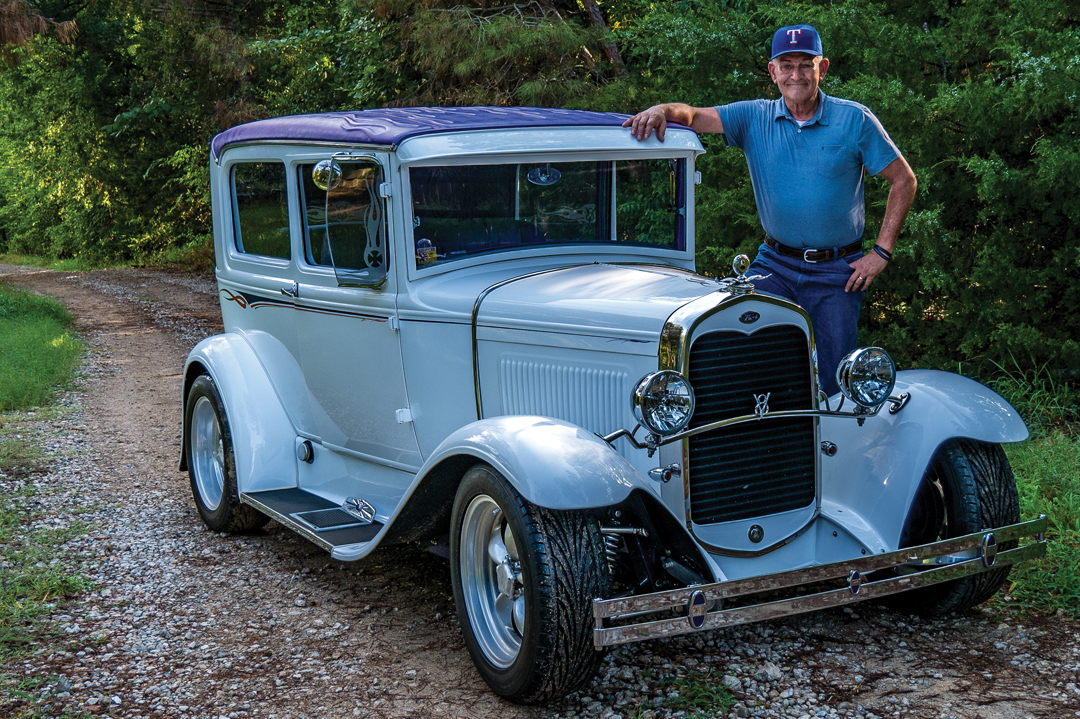
Most folks know that Henry Ford was the fellow who put America on wheels and ushered in what historians say was the Age of Modernization.
Ford explained it like this: “I will build a car for the great multitude. It will be large enough for the family, but small enough for the individual to run and care for. It will be constructed of the best materials, by the best men to be hired, after the simplest designs that modern engineering can devise. But it will be so low in price that no man making a good salary will be unable to own one – and enjoy with his family the blessing of hours of pleasure in God’s great open spaces.”
Between 1908 and 1927 he delivered more than 16 million Tin Lizzies, aka The Model T, to middle class Americans. For the first time, they could afford to unhitch their horses and join the elite class driving around in expensive domestic and foreign hand-made vehicles.

Eighteen years later, however, competitors had caught up with Ford’s mass production methods, and his dominance was waning as General Motors and others offered new features on their cars that Henry thought unnecessary.
Although there are various versions of the transformation that resulted in a new Ford model, it was Henry Ford’s son, Edsel, who pressed ahead with plans to deal with the changing market.
By 1928 the modernized Model A was rolling off the assembly lines and into the hands of a new generation of buyers. Offering a price as low as $385, Ford sold a million of the new cars in its first year.
Production of the Model A ended in 1932 after almost 5 million had been made in nine body styles and colors across the spectrum. You could get deluxe, special, sport and standard coupes, a panel truck, deluxe pick-up trucks, and roadsters in standard, deluxe, sport, and pick-up varieties.
Mail trucks and taxi versions opened up the commercial market, and Ford’s legacy was assured for all time.
Today you find these iconic vehicles in styles from those restored to their original, showroom correct versions to all manner of conversions, resto rods, hot rods and racers. The one in this month’s feature, a 1931 Model A, is among the classic car collection belonging to John and Barbara Foster of Arlington and is as nice an example of a well done, stylish transformation as you will find anywhere.
It’s powered with something Henry Ford could never have imagined fitting under the hood – a 350 cubic inch V-8 chromed out engine producing 325 horsepower.
In an obvious understatement, that’s considerably more than its original eight-cylinder motor delivering all of 65 HP.
Now it has an automatic transmission – something else you couldn’t get in 1931 – along with power disk brakes, a tilt steering wheel, turn signals, dual wind wings and pin stripping.
Henry’s cars offered a tilt up windshield so you could get some air flow going to comfort the driver and passengers. This car’s window will tilt open, too, but it is not likely to be used, as there is custom, in-dash air conditioning with vents to direct cool air all around.
And, you can’t miss the American racing wheels along with matching flame-embossed seats, door panels and headliner and vinyl top.
Dan Fernandez, who takes care of the Foster collection, summed it up this way: “The body under the paint is all original, but it’s about the only thing that is. All the rest makes it a one-of-a kind, bringing the 86-year-old into a whole new life span.”
While Henry Ford felt the new features on other models of the early 1930s were unnecessary, even he would have to stand in some degree of amazement at what is being done now with his legendary vehicle.

















